Richie Porte's Paris-Nice Pinarello Dogma TT bike
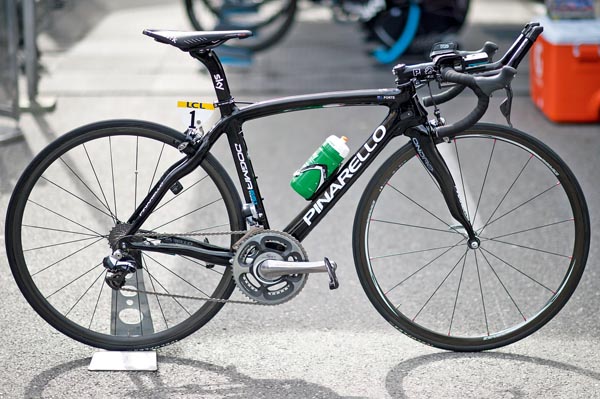
As ever, the fine-tuning of the general classification of Paris-Nice isn't completed until the fat lady has gasped at the summit of the Col d'Eze on the last stage.
Although only 9.6km long, the stage is a mountain time trial that sends the riders out of Nice and straight up the D2564. It rises to 501m with an average grade of 4.7 per cent, though there are pitches of over eight per cent.
It starts with two kilometres between six to nine per cent with a couple of very short sections of false flat before kicking up again. If riders have anything left, then the final kilometre to the line is gentle downhill.
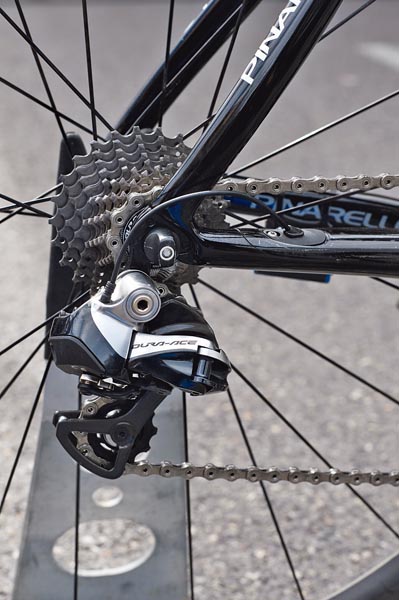
Before the start, Porte had a lead of 32 seconds over Andrew Talansky of Garmin-Sharp, a serious contender for the overall win, should Porte falter. So, facing the most important race of his career, what bike and set-up did Porte opt for? We spoke to his mechanic Richard Lambert to get the inside line.
"It's a totally stock, off-the-peg Pinarello Dogma 65.1. The only thing that's different is that there's no blue paint on it, to save some weight," explained the former racer. So it looks different, a bit stealth, a bit special ops, but basically it's a standard frame with less paint?
"Yes, Pinarello picks the lightest frame off the production run of those size frames and then give it to us and there's only lacquer on it. The geometry is standard, it's not a special build or anything. In fact, there's no custom geometry used on any of the bikes."
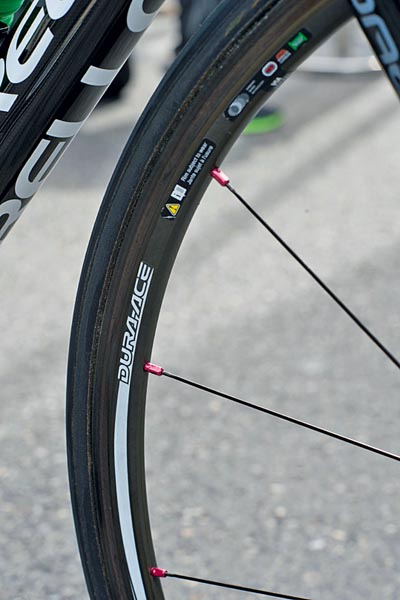
Fork options
Get The Leadout Newsletter
The latest race content, interviews, features, reviews and expert buying guides, direct to your inbox!
Having said that, the riders do have the option to fit two different forks with different trail measurements, either 47 or 45 degrees, which makes the steering more or less sharp. In the Sky team, only Ian Stannard opts for the more ‘relaxed' 47-degree fork; everyone else is on the standard geometry - but it's purely down to rider preference.
This plain Pinarello is the latest incarnation of the Dogma 65.1, and Porte had ridden the same spec frame until the final two road stages of Paris-Nice, at which point Lambert built an unpainted ‘replica' bike.
"The position on this ‘TT' bike is exactly the same as his road position - the bar height, stem, saddle position, everything's the same. He rode it on the stages before the time trial because he wanted to try it and be happy with. It was the same set-up minus the tri-bars." And minus that ‘heavy' blue paint!
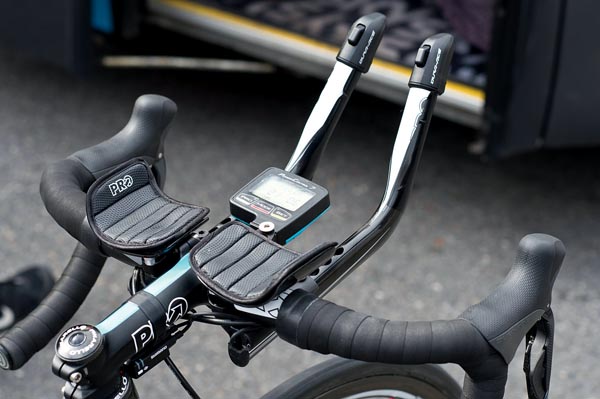
Turn-up for the books
"As far as the clip-on tri-bars go, he just wanted the version with the upturned ends - he's ridden with the flat-end bar design in previous races but I think he found the upturned bars more comfortable, and they give him a bit more leverage," explained Lambert.
In as much as there were very few sectors of the final stage where aerodynamics were significant - Porte's average speed was just 29.89kph - the aero benefit of tri-bars is less significant, though comfort clearly is. The final downhill kilometre makes an aero shape important, but doesn't justify the use of a full-spec time trial bike.
And for those expecting Sky's famous ‘marginal gains' philosophy to express itself in the wheels, well, no. "The front wheel is a standard, couple-of years-old Shimano C24, 16-spoke model. The rear, because we are now running on Di2 11-speed, it's what I'd call the ‘Classic' hub, which is the older-style Shimano hub run with the 11-speed cassette on a C24 rim. It's a hand-built wheel, built by us. But it's a standard rim, standard hub, standard spokes."
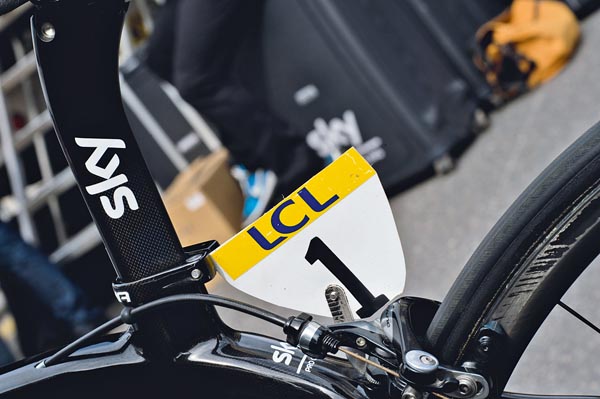
It is, as the kids say, ‘standard'. So Porte was running a hand-built road wheel. Nothing fancy - on the most important time trial of his career. And why was it hand-built? "Because Shimano haven't released a C24 11-speed wheel yet."
The pedals and saddle are road issue too but, though the wheels were standard road spec, then the tubulars were different. "Yes, he's running the Veloflex Extreme today, so they're slightly lighter in weight, 22mm tubs compared to the road tubs."
Standard and deliver
The drivetrain is - yes, you guessed - standard. Porte was running Shimano Dura-Ace SRM-equipped cranks with 53/39 rings and an 11-25 cassette. "The chainset is still the 10-speed, since the new 11-speed [SRM] designs are still in the prototype phase," Lambert noted.
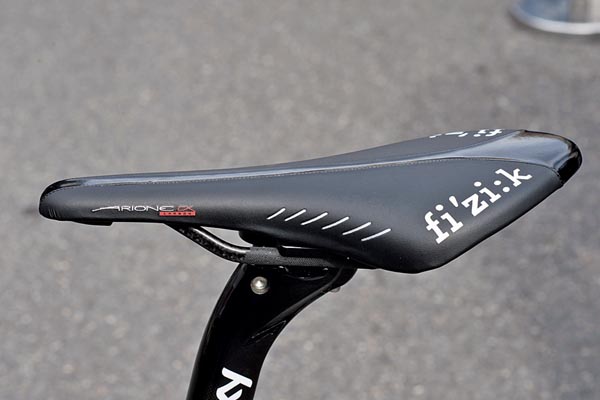
So, essentially, it's his road bike with clip-on bars and slightly lighter tyres? "Yes. Overall, it's as light as we can make it. It's over the UCI limit without clip-ons. In fact, it's 200g over with the SRM and everything. With the clip-ons added, it's 7.2 kilos." To be clear, Porte's road bike weighs 6.82kg without the clip-ons, including the SRM crank and its associated gubbins.
You might say that Porte's Paris-Nice winning bike was something of a disappointment. It's a bike anyone with the cash could buy. There are no secret squirrel parts on it. Lambert laughed: "You expect miracles to be worked? You think that he's got some kind of special bike? The reason he goes as fast is that he's good!" You can't argue with that.
This article originally appeared in the March 28 2013 issue of Cycling Weekly magazine
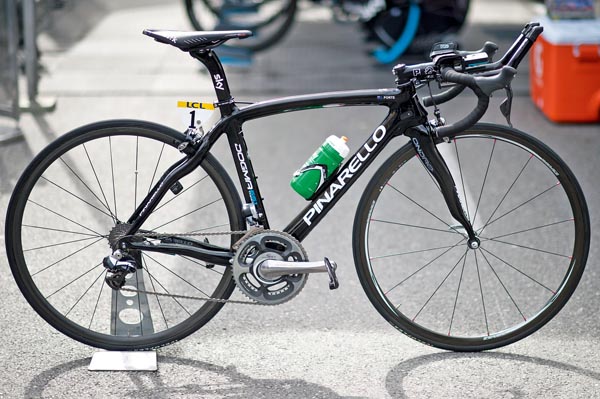
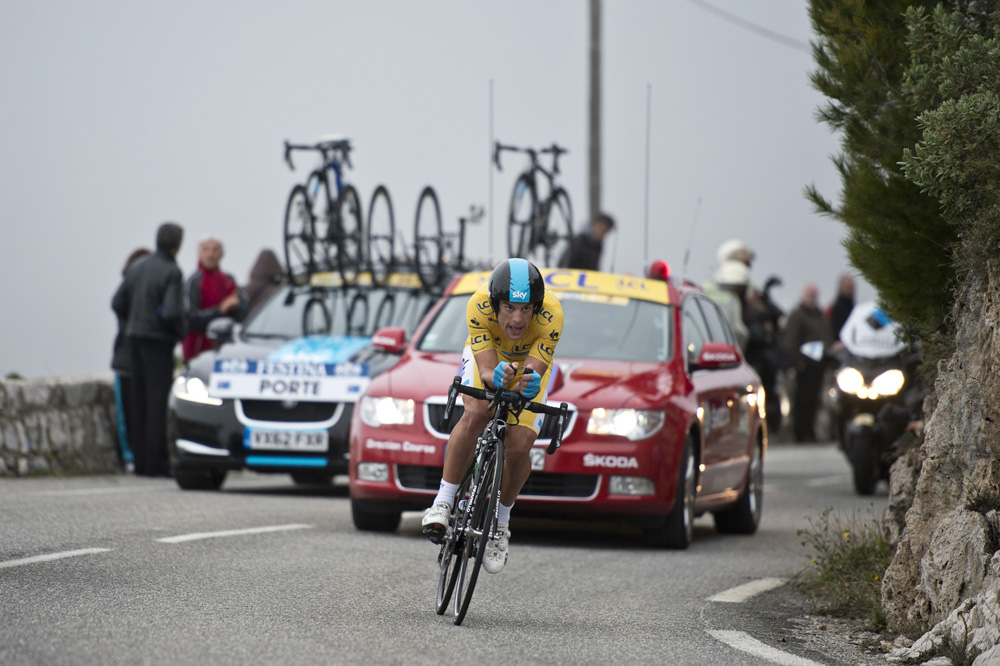

Thank you for reading 20 articles this month* Join now for unlimited access
Enjoy your first month for just £1 / $1 / €1
*Read 5 free articles per month without a subscription

Join now for unlimited access
Try first month for just £1 / $1 / €1
Founded in 1891, Cycling Weekly and its team of expert journalists brings cyclists in-depth reviews, extensive coverage of both professional and domestic racing, as well as fitness advice and 'brew a cuppa and put your feet up' features. Cycling Weekly serves its audience across a range of platforms, from good old-fashioned print to online journalism, and video.
-
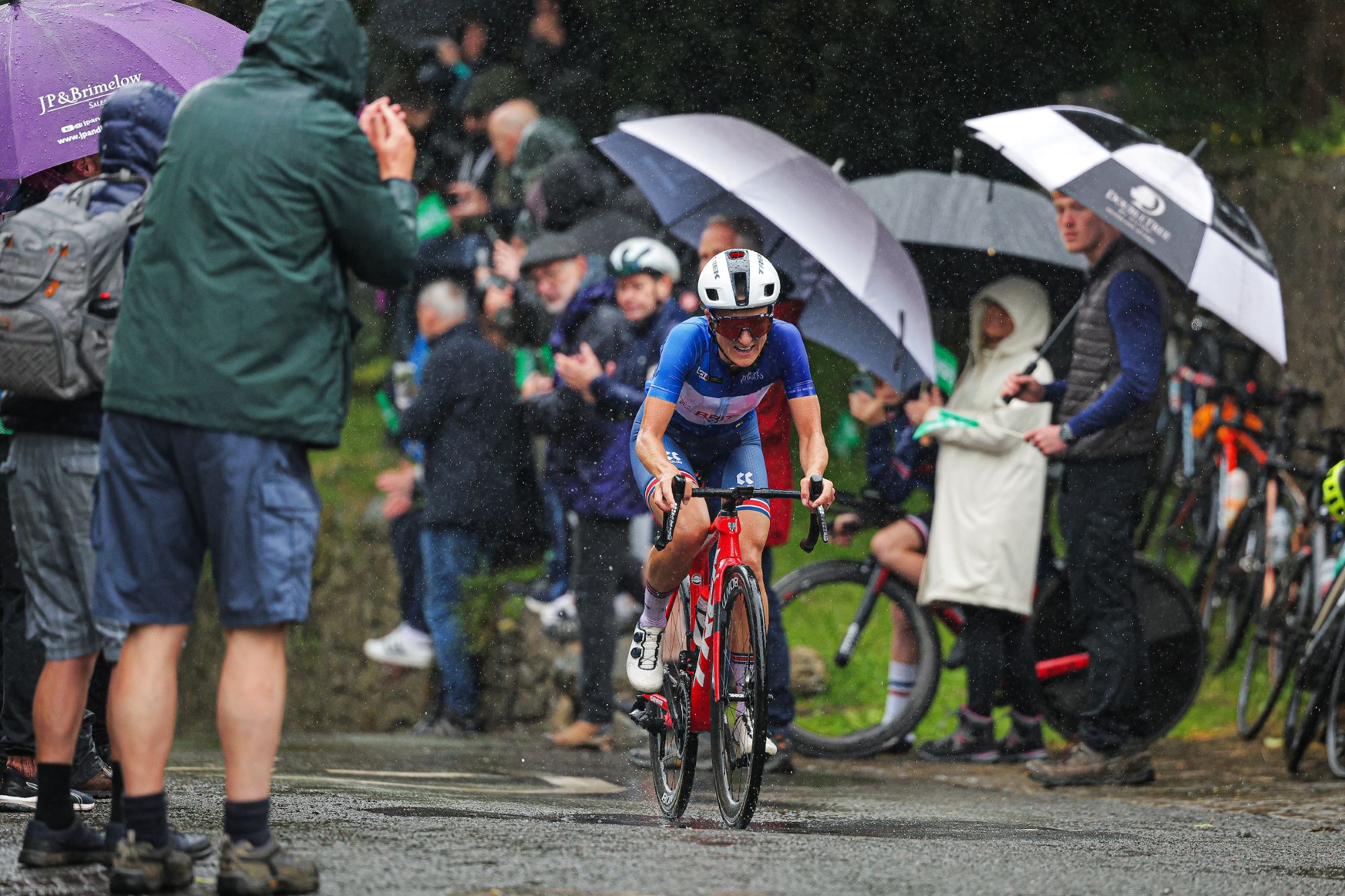 FDJ-Suez, SD Worx-Protime, Lidl-Trek confirmed for Tour of Britain Women as strong list of teams announced
FDJ-Suez, SD Worx-Protime, Lidl-Trek confirmed for Tour of Britain Women as strong list of teams announced18 teams set to take part in four-day WorldTour stage race
By Tom Thewlis
-
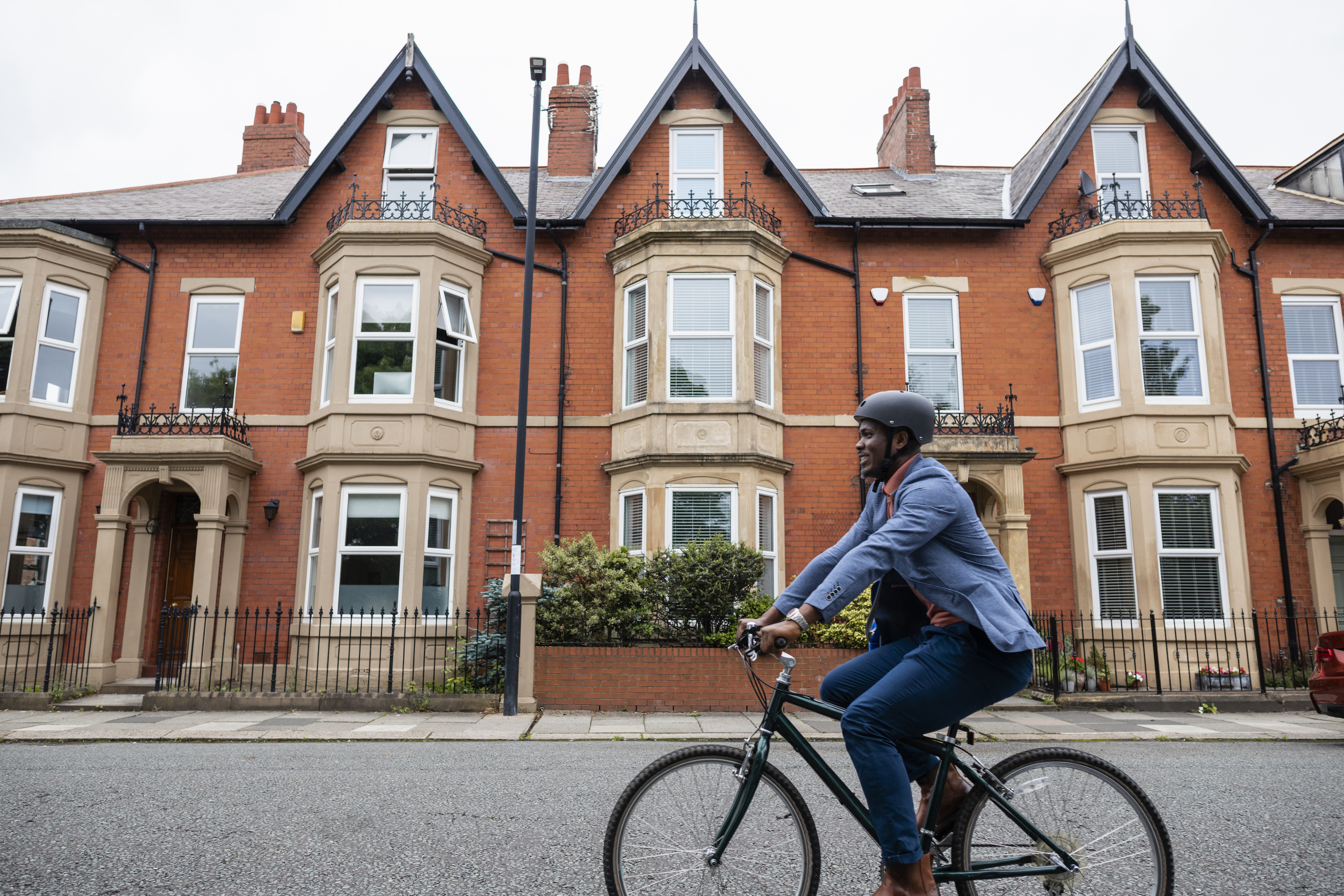 Cyclists could face life sentences for killing pedestrians if new law passed in England and Wales
Cyclists could face life sentences for killing pedestrians if new law passed in England and WalesReckless cycling currently carries a maximum two-year jail term
By Tom Thewlis